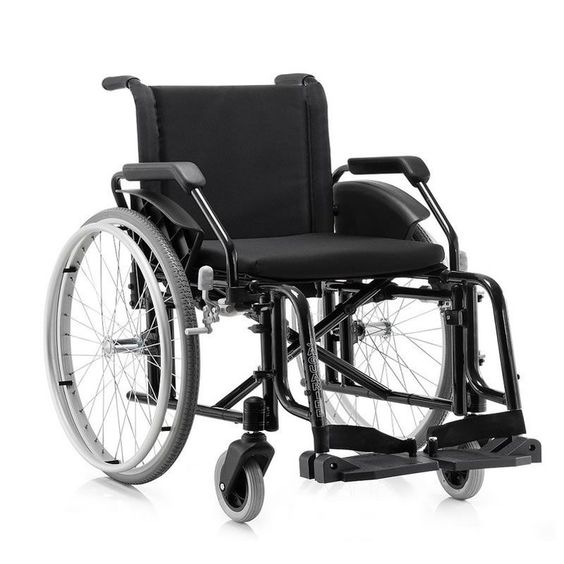

Wheelchairs are movement assistive devices used by people with disabilities. Manual wheelchairs comprise round bars surrounding the wheels and referred to as push-rims, propelled by the user or with handles on the back pushed by an attendant for easy movement. They are lightweight or heavy and easy to maintain.
When purchasing this mobility aid, you may see options that include self-propelled or attendant-propelled. It is essential to choose the best option that addresses your need to ensure easy movement and good support.
Most traditional wheelchairs come with similar designs which includes general components such as smaller front wheels known as castor wheels, rear wheels with attached push-rims, rear-wheel brakes, calf-strap footplate, anti-tip bar, cushion seat frame, armrest, backrest, and push handles.
The castor wheels play an important part in the wheelchair by making it possible for maneuvering. When buying a wheelchair, the user must ensure that it is equipped with an easy to engage or disengage braking system. This is necessary due to the different braking systems available for these assistive devices.
The classic pull-on/push-off mechanism is available for people without weakness in the upper body while the extension levers braking system is for people with upper body weakness and restricted range.
There are categories of rear tires for specific needs, and it is available for indoor and outdoor use. Air-filled pneumatic tires are good for wheelchairs used indoors while puncture-resistant tires are best for outdoor use.
If you need a wheelchair with easy maintenance, choose the model with solid tires.


It is important to know how to use a manual wheelchairs and observe safety measures to avoid tripping-over, which may cause catastrophes, and you have to be conscious of these tips always.
The friction which occurs between your fingers and the rims or tires of the manual wheelchair may cause serious discomfort or burn, although it depends on the firmness of your grip. It is advisable to apply the brakes to maintain a balance of the movement assisting device and prevent it from rolling backwards if you stop and intend to stay on the spot.
For regular users, these are few safety tips when using the wheelchair.
If you must stretch your hand to reach an object which may cause you to lean forward or backwards, then use this procedure:
The functions of a wheelchair cannot be underestimated as it enables people with different disabilities to maintain good health, become mobile, and partake in community activities.
It is important to know the working of manual wheelchairs and follow simple tips when using it. Taking proper care of the equipment to keep it in good condition always, is also necessary by examining the parts that make up the wheelchair.
Helpful Resources:
1. Top 5 Tips for Treating Knee Pain Without Medication
2. What Are The Complications Women Face During Pregnancy?
3. Best Exercises For A Complete Back Workout
4. TMJ Pain
In the relentless pursuit of entrepreneurial success, it’s easy to overlook the most vital asset—yourself.… Read More
A barrel sauna isn’t just a visually striking wellness addition—it’s an efficient and highly functional… Read More
Technology is an integral part of most teenagers' lives today. While devices and social media… Read More
LASIK is one of the most popular vision correction surgeries that offers you freedom from… Read More
Plumbing issues can arise unexpectedly, and understanding the costs involved is crucial for homeowners and… Read More
Skin aging is often associated with external factors like sun exposure and pollution, but inflammation… Read More